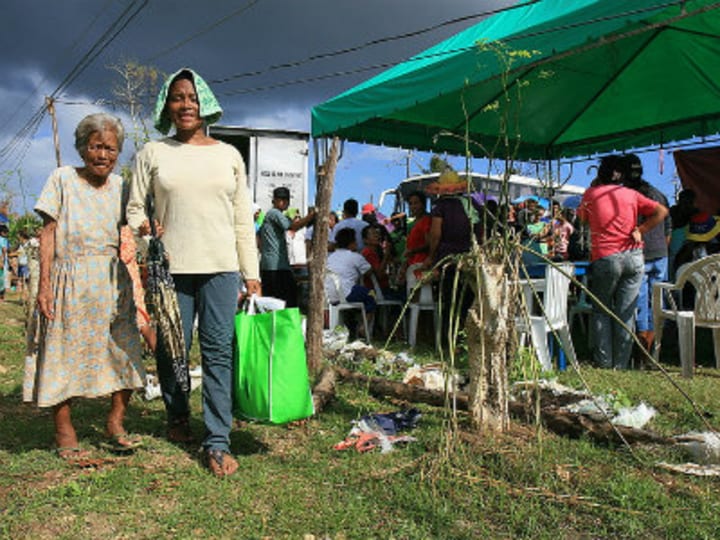
How will rehabilitation and recovery be truly sustainable and effective in the Philippines after Typhoon Haiyan? With a more serious focus on resilience and preparedness, as well as a bigger purse for disaster risk reduction.
The Philippine government last week announced its $8.17 billion post-Haiyan rehabilitation plan for the next four years, not only to repair the damage but also make the affected areas more resistant to calamities in the future. What has been called by some the biggest rehabilitation plan in the country since World War II will focus on infrastructure, housing and providing livelihoods to 16 million Filipinos affected by the storm.
But where will the money come from?
Although a good portion will be provided by the government, for rehabilitation and recovery efforts to succeed, it will need help from the international aid community — and this is where added funding for DRR could pave the way not only for the Philippines but other countries vulnerable to climate-related events.
“[We should] make the argument that bigger investments in disaster risk reduction will save lives and reduce the need for emergency aid,” Lex Kassenberg, CARE Philippines country director, told Devex. “The government needs to take charge in implementing effective risk management, and [iNGOs] have [the] tools and experiences to assist local communities in enhancing their resilience. Organizations should ensure that the capacities of local partners and communities in DRR are built as part of the present relief effort.”
About half of the funds will be earmarked for shelter and resettlement efforts, one of the biggest short- and long-term challenges in the disaster-affected areas given the need to relocate survivors and rebuild sturdier homes to lessen casualties and damage when the next storm hits. The rest will be focused on livelihoods, education and health services.
Climate change adaptation
Though most of the aid community seemed pleased with the government’s plan, one iNGO mentioned it lacks sufficient concrete climate change adaptation measures at grassroots level, crucial in a nation composed of 7,000 islands and with a very decentralized political system like the Philippines.
“Community capacities need to be built up by identifying and being aware of community-coping mechanisms that are functioning well and supporting these,” Cecil Laguardia, World Vision Haiyan emergency response spokesperson, told Devex.
She added: “Preventive measures such as mangrove forests (natural storm surge buffers), houses built further from the coast and with stronger materials, and lessons learned from flood related disasters of similar magnitude show that improving linkages between response and existing local government planning processes ensures the best sustainability for emergency response and preparedness activities.”
The storm surge, and even more importantly, the fact that the local population did not understand the concept well enough, was precisely one of the main factors that led to so many casualties especially in low-lying Tacloban, the “ground zero” of the catastrophe.
Other key elements somewhat missing from the plan include making livelihoods climate-resilient, according to Kassenberg.
“Adapting to climate change is becoming ever more urgent for vulnerable societies. A large number of people have been affected in their livelihoods due to the severe damage done to the coconut trees. [Although] replanting and getting new trees back to production will take around 8 years, alternative forms of livelihood have to be identified and supported,” he said.
The Philippine government announced earlier this year its intention to climate-proof the budget, putting all government agencies and their projects under careful scrutiny in line with climate change adaptation plans — something the NGO community agrees on.
“The most effective and sustainable transformational development is one where DRR is the lens through which all key actors look to share resources and strengths, which empowers all people and communities,” Laguardia concluded.
See more:
Read more development aid news online, and subscribe to The Development Newswire to receive top international development headlines from the world’s leading donors, news sources and opinion leaders — emailed to you FREE every business day.
